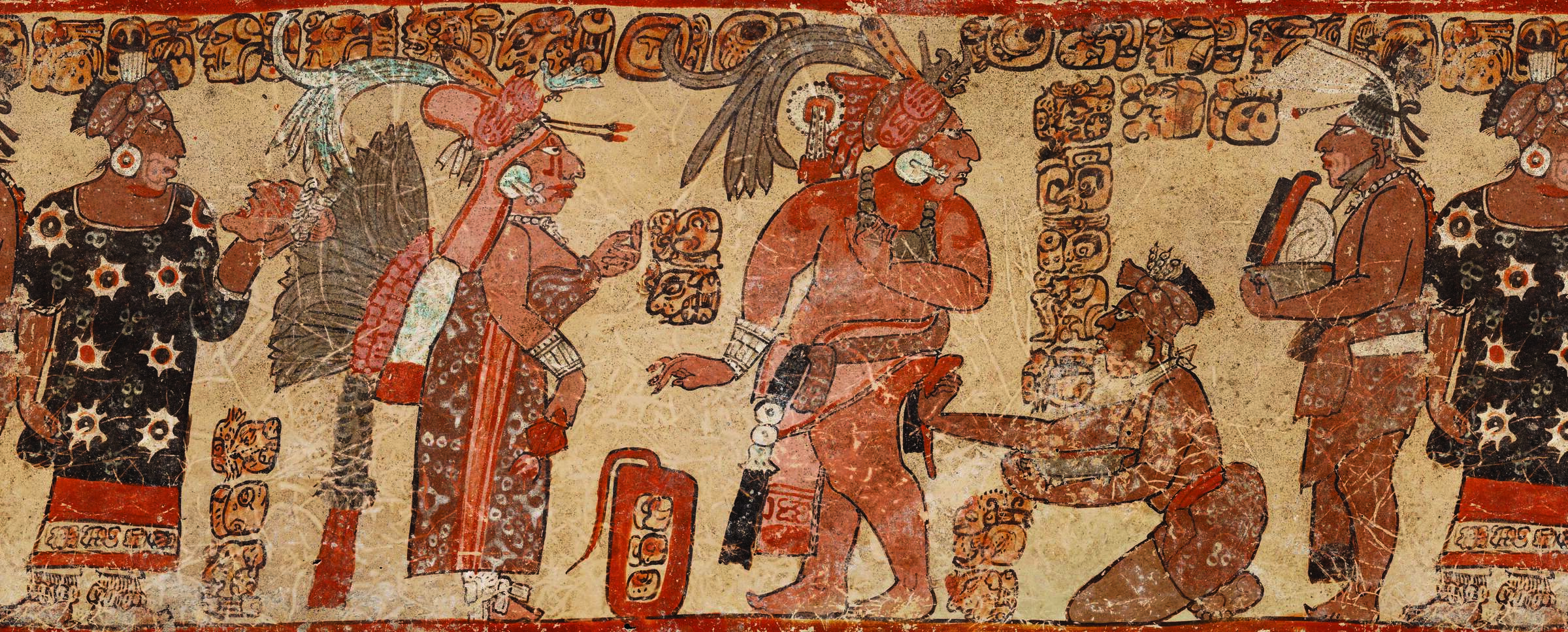KRAKÓW, POLAND—Science in Poland reports that a fragment of a pottery bowl decorated with a human face has been found within the 7,000-year-old remains of a dwelling in southern Poland. The four-inch piece of pottery shows eyes, nose, and bumps on the forehead resembling horns, according to archaeologist Marta Korczyńska of the Polish Academy of Sciences. The Neolithic settlement where the object was unearthed belongs to the Linear Pottery culture, she added. Pieces of obsidian were also recovered from the site. Marek Nowak of Jagiellonian University explained that the style of the pottery and the presence of obsidian, which does not occur naturally in the region, suggests the inhabitants of the settlement had contact with people who lived in what are now Hungary and Slovakia, where obsidian and similar pottery objects have also been recovered. To read about sieving vessels unearthed in Poland that were likely used in the production of cheese in the sixth millennium B.C., go to "A Prehistoric Cocktail Party."
Neolithic Pottery and Obsidian Uncovered in Poland
News September 2, 2020
Recommended Articles
Digs & Discoveries September/October 2019
We Are Family
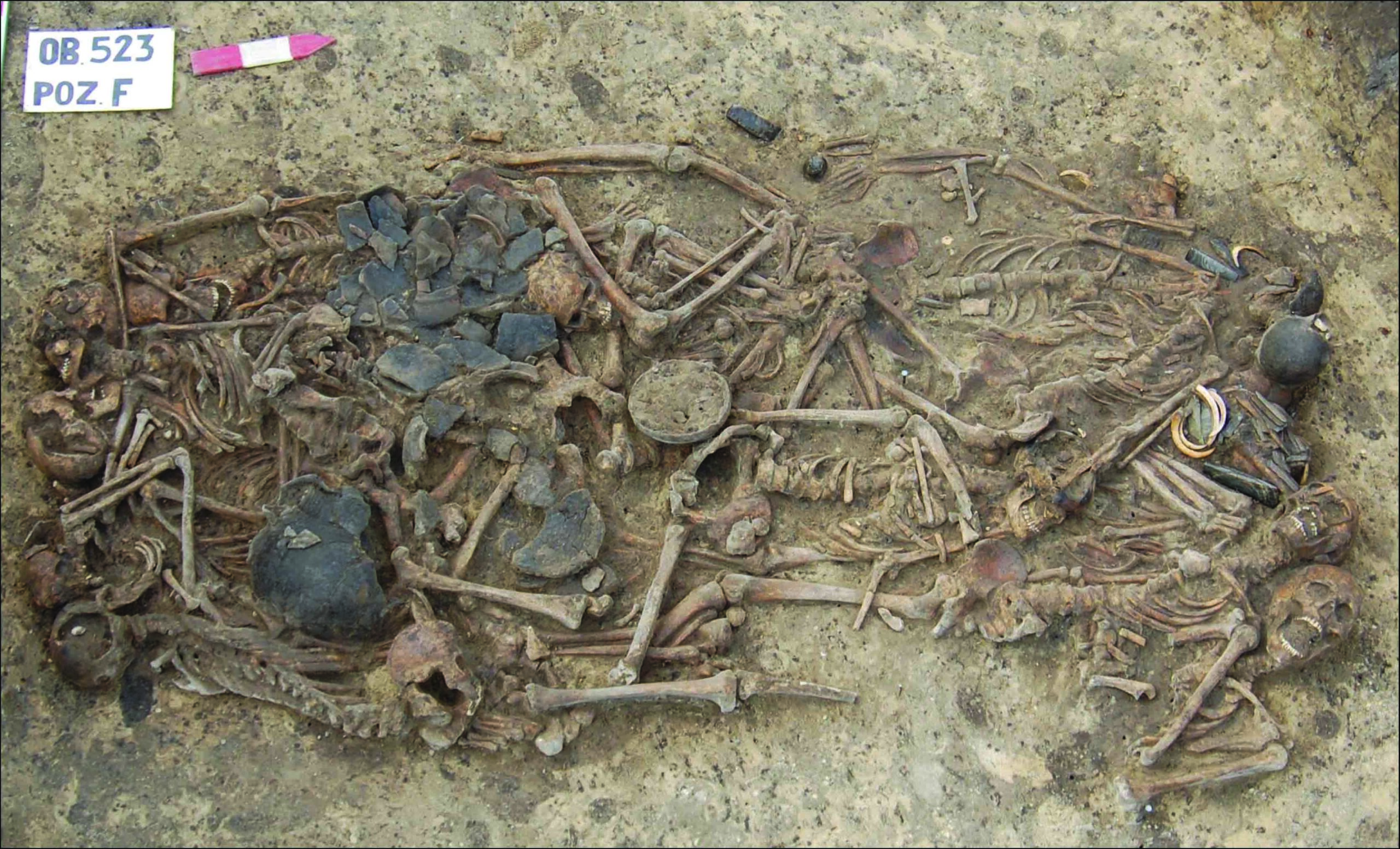
Digs & Discoveries November/December 2025
BYOB(oar)
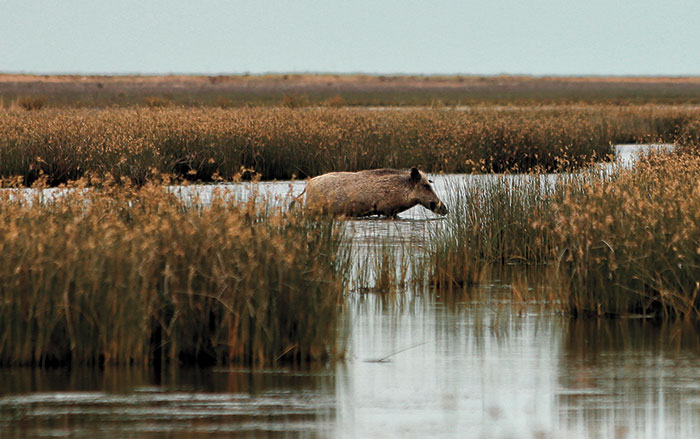
Features September/October 2025
Here Comes the Sun
On a small Danish island 5,000 years ago, farmers crafted tokens to bring the sun out of the shadows

Digs & Discoveries July/August 2025
Neolithic Neophytes
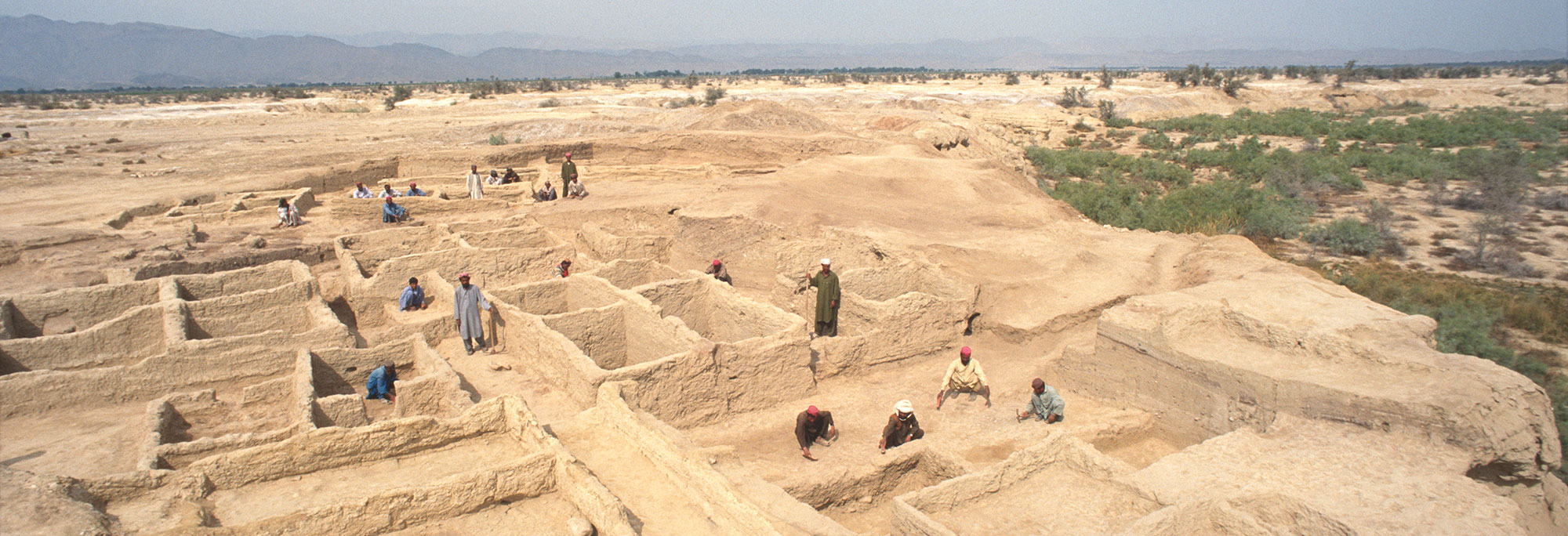
-
Features July/August 2020
A Silk Road Renaissance
Excavations in Tajikistan have unveiled a city of merchant princes that flourished from the fifth to the eighth century a.d.
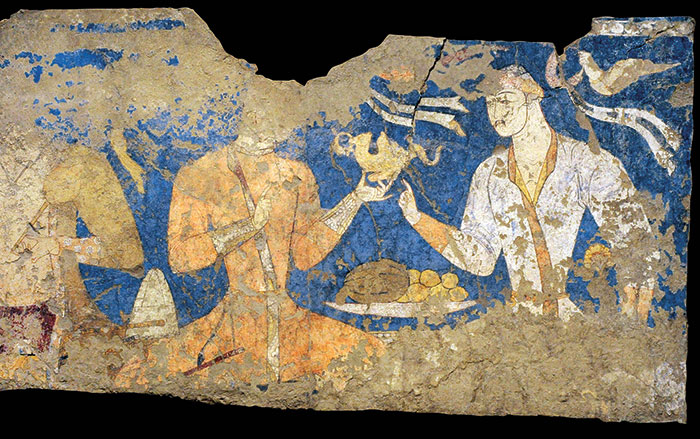 (Prisma Archivo/Alamy Stock Photo)
(Prisma Archivo/Alamy Stock Photo) -
Features July/August 2020
Idol of the Painted Temple
On Peru’s central coast, an ornately carved totem was venerated across centuries of upheaval and conquest
 (© Peter Eeckhout)
(© Peter Eeckhout) -
Letter from Normandy July/August 2020
The Legacy of the Longest Day
More than 75 years after D-Day, the Allied invasion’s impact on the French landscape is still not fully understood
 (National Archives)
(National Archives) -
Artifacts July/August 2020
Roman Canteen
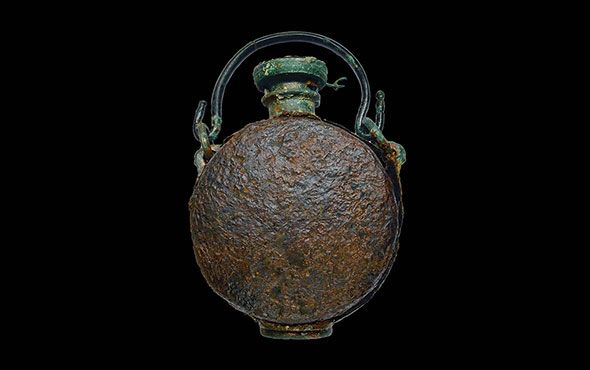 (Valois, INRAP)
(Valois, INRAP)


